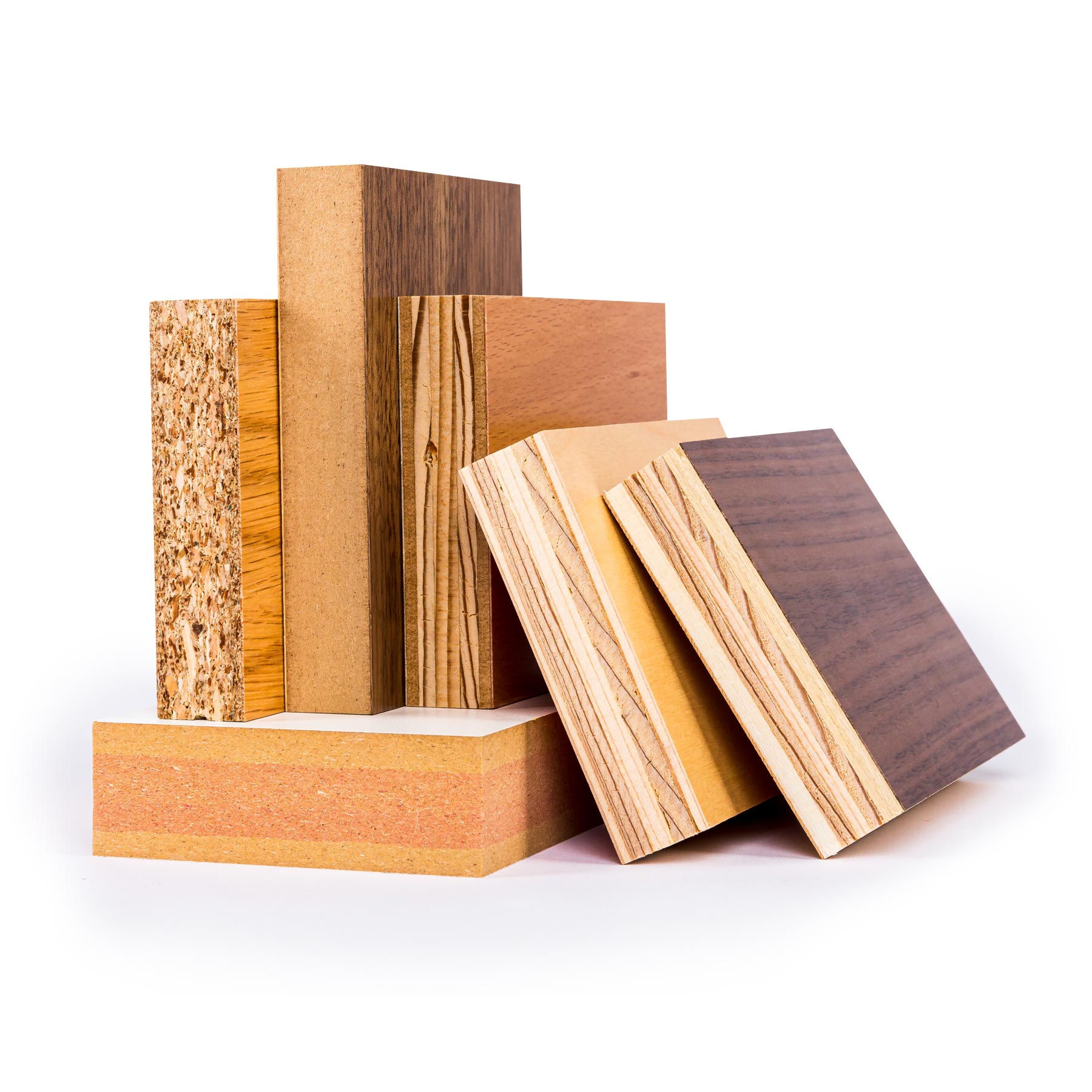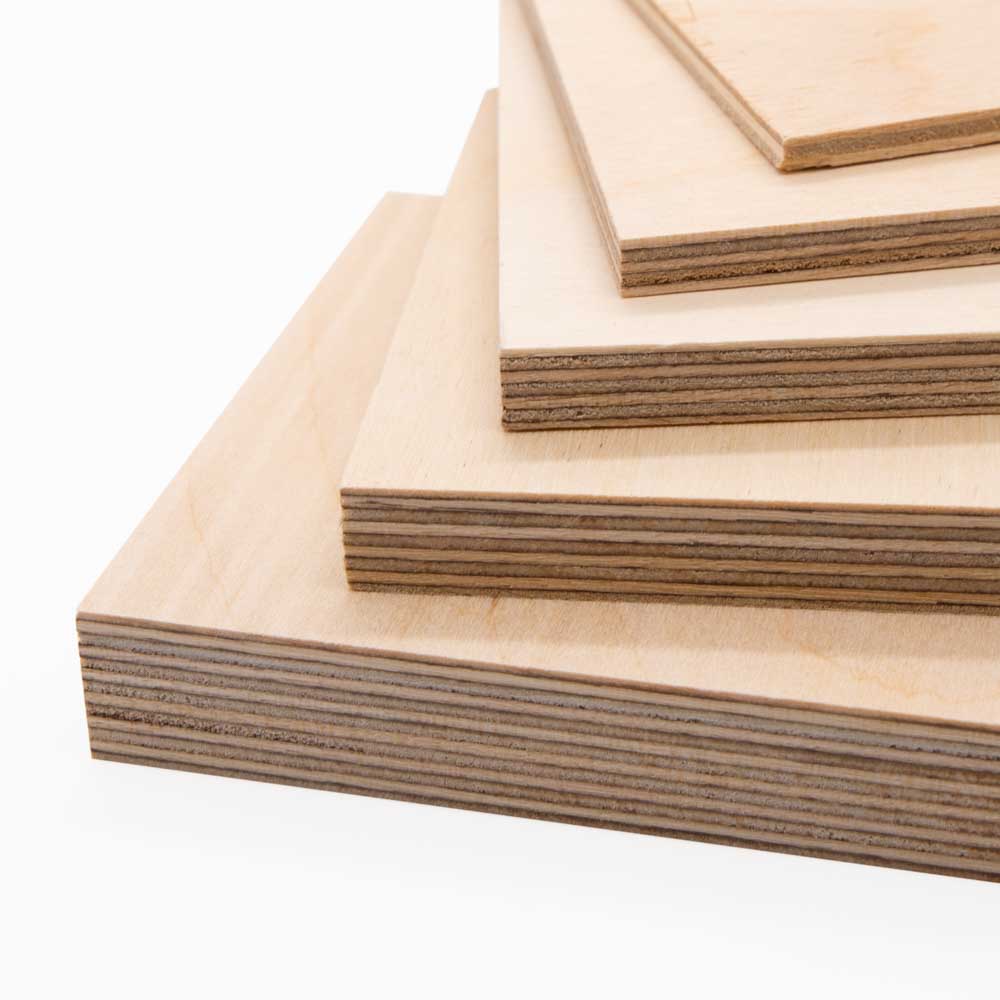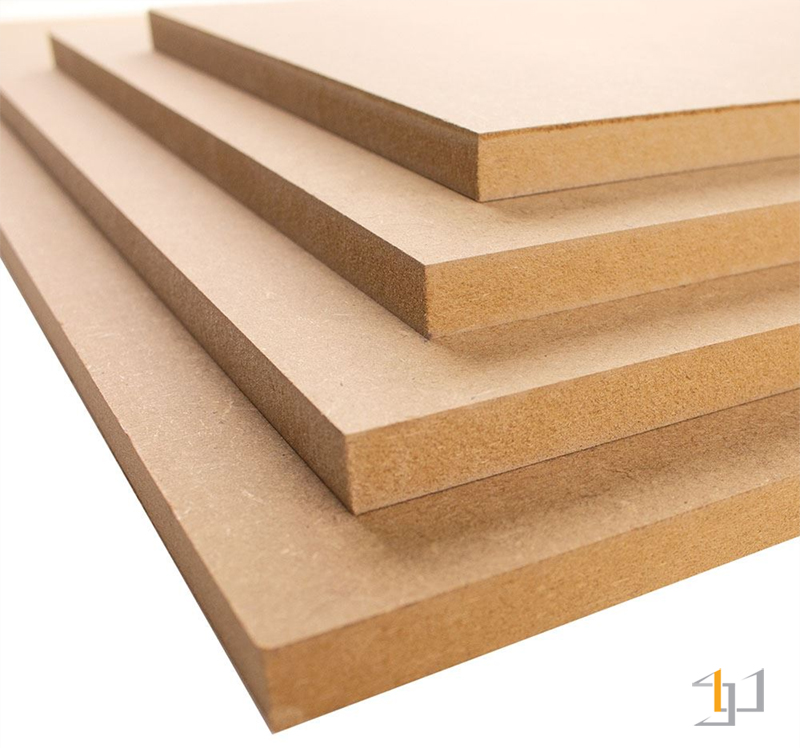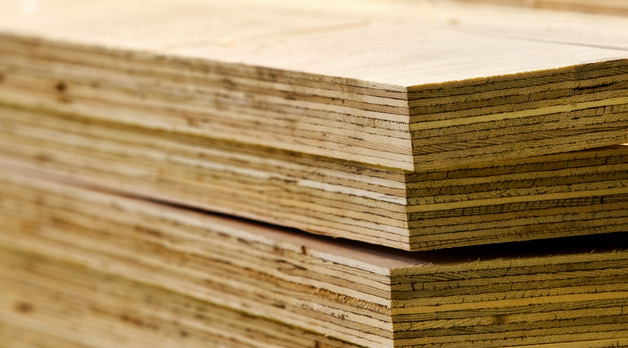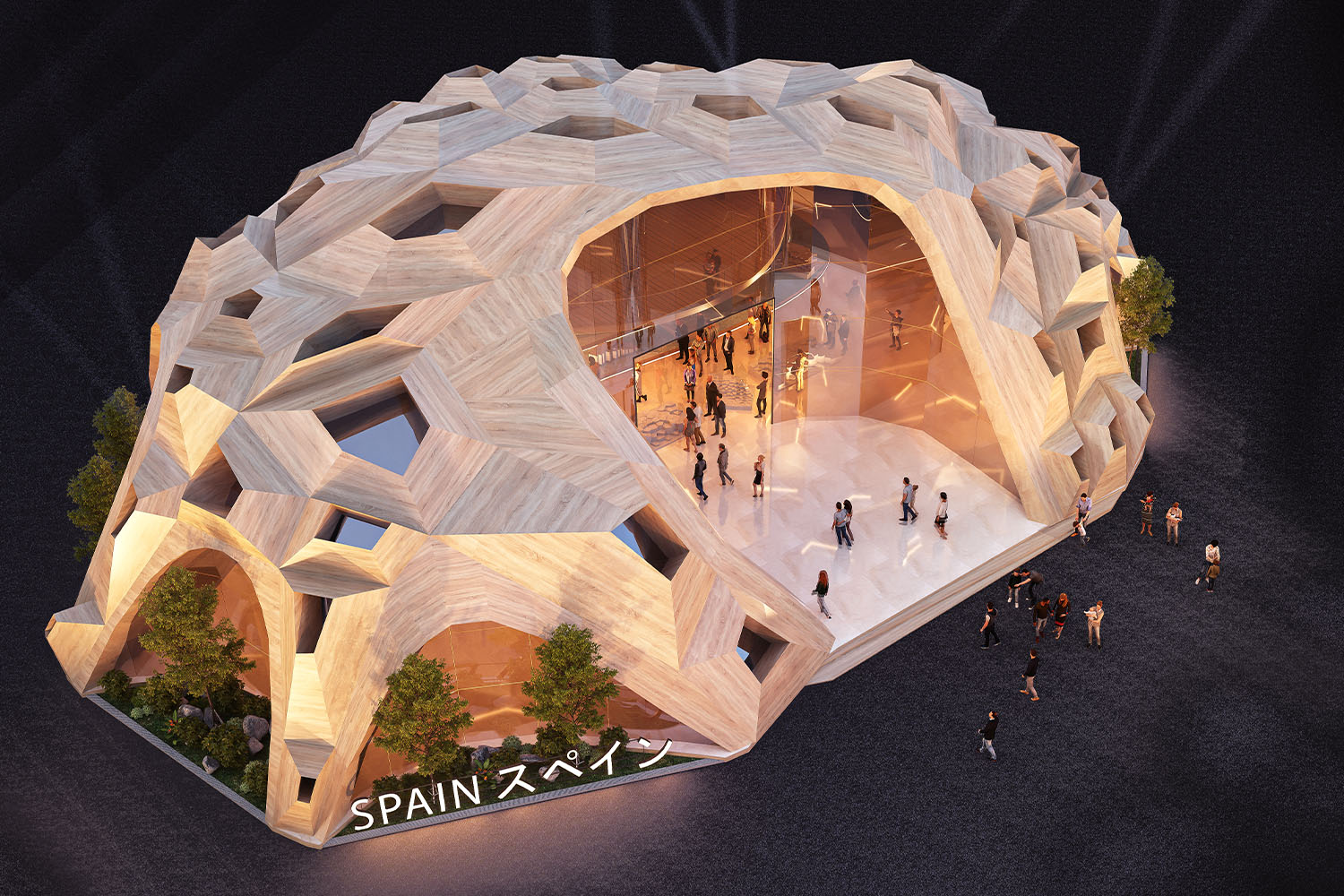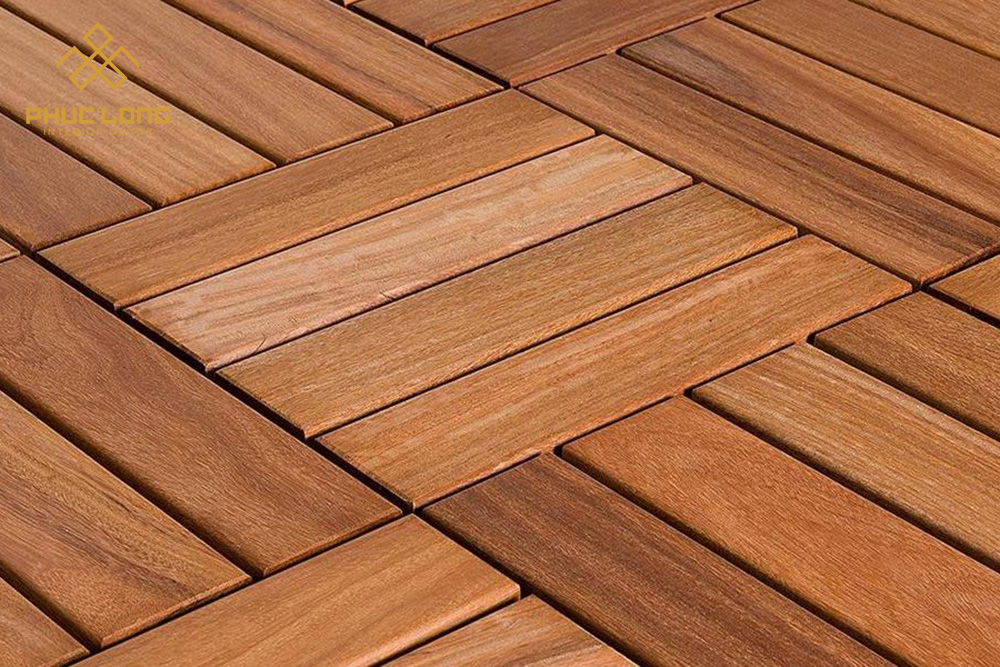In the world of construction, furniture making, and interior design, choosing the right type of board material is essential. Whether you’re building a cabinet, a house frame, or a decorative panel, knowing the difference between plywood and other industrial boards can save you time, money, and effort. This guide will break down the various types of industrial boards, helping you to understand their advantages, disadvantages, and best uses.
Let’s start by diving into the most common types of boards used in industrial and home projects: plywood, MDF, and particleboard.
Plywood: The Durable All-Rounder
Plywood is one of the most popular and versatile types of industrial boards. It is made by gluing together several thin layers (or “plies”) of wood veneers. These layers are placed at 90-degree angles to each other, which strengthens the board and gives it excellent resistance to bending or warping.
- Advantages: Highly durable, can handle heavy loads, and offers great resistance to moisture (especially marine plywood).
- Disadvantages: More expensive than other options like MDF or particleboard. Can also splinter if not cut properly.
- Best uses: Furniture, cabinetry, roofing, and flooring. Perfect for outdoor and high-moisture areas when using moisture-resistant plywood.
MDF (Medium-Density Fiberboard): Smooth and Affordable
MDF is made from wood fibers that are glued together under high pressure and temperature. It’s denser than plywood but not as strong. However, MDF’s super-smooth surface makes it perfect for painting and veneering, which is why it’s often used in decorative projects.
- Advantages: Smooth surface, easy to paint or veneer, affordable.
- Disadvantages: Heavier than plywood and tends to absorb moisture, making it less suitable for areas with high humidity.
- Best uses: Indoor furniture, shelving, and decorative moldings.
Particleboard: Budget-Friendly but Less Durable
Particleboard is created from wood chips, sawdust, and wood shavings that are bonded together with adhesives. It’s the least expensive of all the industrial boards, but also the least durable.
- Advantages: Very affordable, lightweight, and easy to handle.
- Disadvantages: Weak and prone to damage from moisture, easily swells and warps.
- Best uses: Cheap furniture, flat-pack furniture, and temporary structures. Best suited for indoor, low-stress applications.
Oriented Strand Board (OSB): Strong and Cost-Effective
OSB is similar to plywood in its layered structure but is made of large wood chips instead of veneers. This gives it strength and durability while keeping costs low. OSB is often used in construction for flooring, walls, and roofs.
- Advantages: Stronger than particleboard and less expensive than plywood. Good for structural applications.
- Disadvantages: Not as smooth as plywood, can be prone to water damage if not properly treated.
- Best uses: Subflooring, roof decking, wall sheathing.
Hardboard: The Tough Fiberboard
Hardboard, also known as high-density fiberboard, is denser and harder than MDF due to the higher pressure used in its manufacturing process. It’s often used as a backing material in furniture and for flooring underlays.
- Advantages: Very hard and durable, resistant to scratching.
- Disadvantages: Not as strong as plywood, limited in application.
- Best uses: Furniture backing, drawer bottoms, and as an underlayment for flooring.
Blockboard: Lightweight and Stable
Blockboard consists of a core made of softwood strips, which are sandwiched between layers of hardwood veneers. It’s lightweight but strong, making it ideal for longer spans in furniture or shelving.
- Advantages: Lightweight yet strong, resists warping better than MDF or particleboard.
- Disadvantages: Not as smooth as MDF, requires veneer or laminate finish for a smooth surface.
- Best uses: Long shelves, tables, doors.
Laminated Veneer Lumber (LVL): Engineered for Strength
LVL is an engineered wood product that uses multiple thin layers of wood bonded together with adhesives. It’s stronger and more uniform than solid timber, making it ideal for structural applications.
- Advantages: Extremely strong, can be used for structural beams and framing.
- Disadvantages: More expensive than plywood, not suitable for decorative uses.
- Best uses: Structural beams, roof trusses, and other load-bearing applications.
Final Thoughts
Choosing between plywood and other industrial boards depends on the specific needs of your project. If you need durability and moisture resistance, plywood is the way to go. For smooth surfaces and decorative finishes, MDF is an excellent option. If you’re on a tight budget and need something for temporary or light-duty use, particleboard might be your best bet.
Understanding these differences ensures you’ll select the right board for your next project, helping you achieve professional results every time.
You can read more articles by visiting our blog here.

